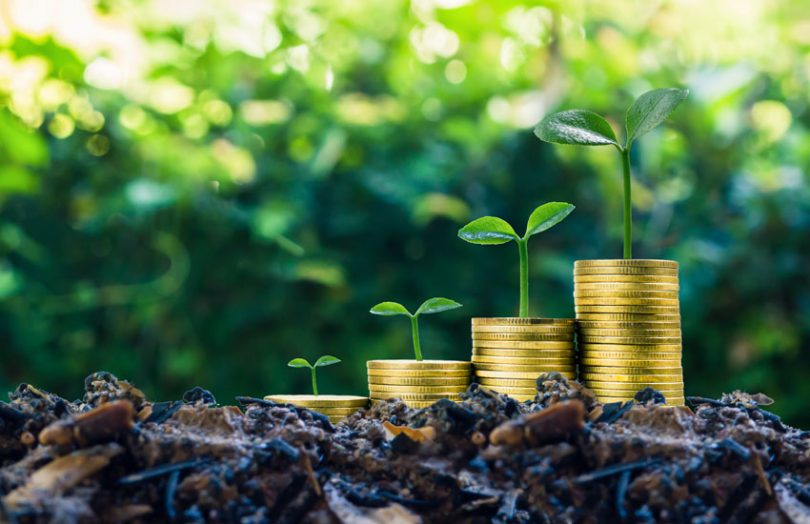RIO DE JANEIRO, BRAZIL – Brazil, Chile, and Mexico lead the issuance of green bonds in Latin America. Given the urgency of the fight against climate change, they expect the region to continue with accelerated growth in the following years.
“Latin America is a market that has been growing at accelerated rates. If we compare 2014 with 2020, it has rebounded 44 times. We believe that the region has the potential to continue growing,” explained Juan David González-Ruiz, head of the Finance and Sustainability Research Group of the Economics Department of the Faculty of Humanities and Economic Sciences of the National University of Colombia.
In a joint interview with Carlos Serrano, head of Climate Finance Advisory and Training Services at the World Bank’s International Finance Corporation (IFC), they explained that the three countries account for 80% of total green bond emissions, which are mainly concentrated in sovereign emissions and those destined for renewable energy projects.

Other main sectors are transportation and land use.
González-Ruiz added that there are opportunities in other sectors such as technology, logistics, water, and sanitation.
The IFC representative added that the momentum of the green bond market is because climate change is reorganizing the global economy.
Global investors, large pension funds, insurance companies, and governments recognize not only the risks posed by climate change but also the investment and financing opportunities.
The above is reflected in the growth of sustainable funds, which in 2021 had a record US$69.2 billion in net flows, an increase of 35% over 2020.
“Latin America represents only 2% of the green emissions market in the world; this indicates that with the weight it has in the world economy, it should have equally greater weight in the sustainable capital market,” added Carlos Serrano.
The specialists considered that developing taxonomies (definition or classification of what is and what is not green) in the countries would generate incentives for investors and issuers to understand better how green bonds operate and boost the market.
Mexico, for example, is developing a sustainable taxonomy, they noted.
Other elements that will help green finance in Latin America will be disclosure and reporting issues by issuers, as well as third-party opinions and certifications, as these endorse the use of resources.
“The IFC is working with developing countries and on taxonomies that will allow the green bond market to continue growing in the region, especially in countries where we have seen very few issues. In 2021 Guatemala and the Dominican Republic entered the market,” he added.
DOUBLING
Data from the Climate Bond Initiative (CBI) show that, in less than two years, green bond issuance in Latin America doubled from US$13.6 billion in September 2019 to US$30.2 billion by the end of June 2021.
With US$17.8 billion, Chile is the largest green bond market in the region, followed by Brazil with US$11.7 billion and Mexico in third place with US$7.8 billion.
Juan David González-Ruiz emphasized that in the medium and long term, companies that do not have sustainability in their business DNA will be excluded and will not survive over time.
For Carlos Serrano, a challenge is to give investors the certainty that they can invest in a country and that the legislation will not change in the middle of a political cycle.
“It is necessary to generate policies that generate confidence in the long term and attract institutional and foreign investment—also incentives for activities that promote sustainable development. Companies must adopt strategies aligned with sustainability and avoid greenwashing,” he said.
With information from El Economista

